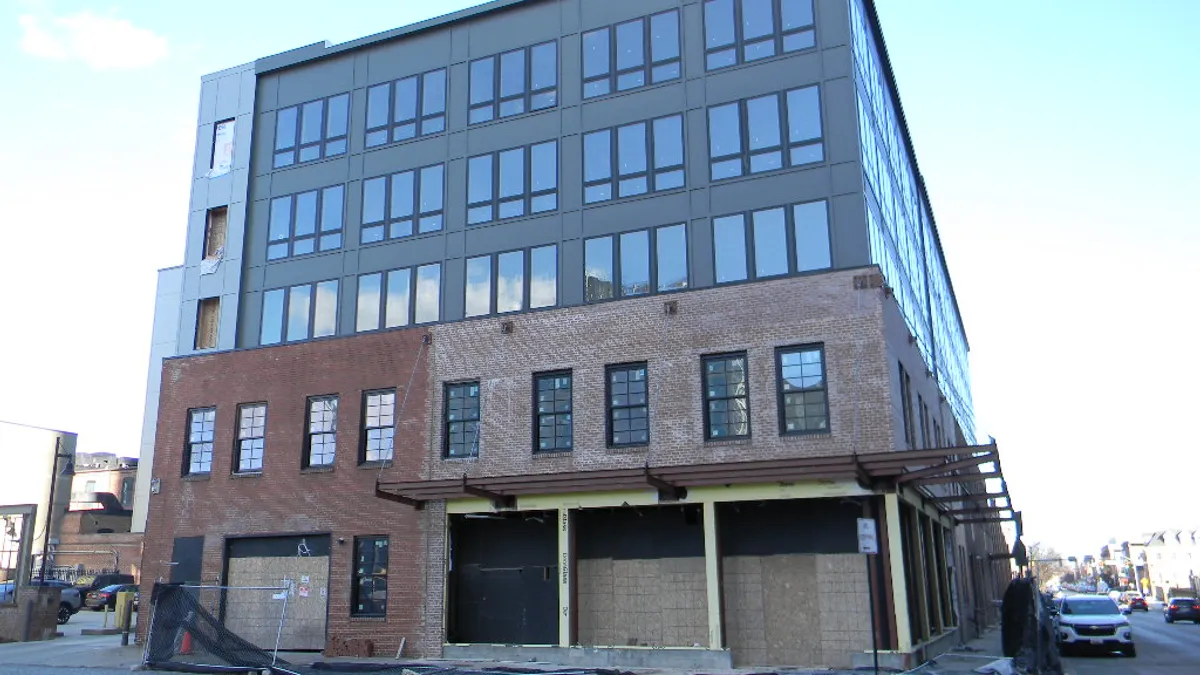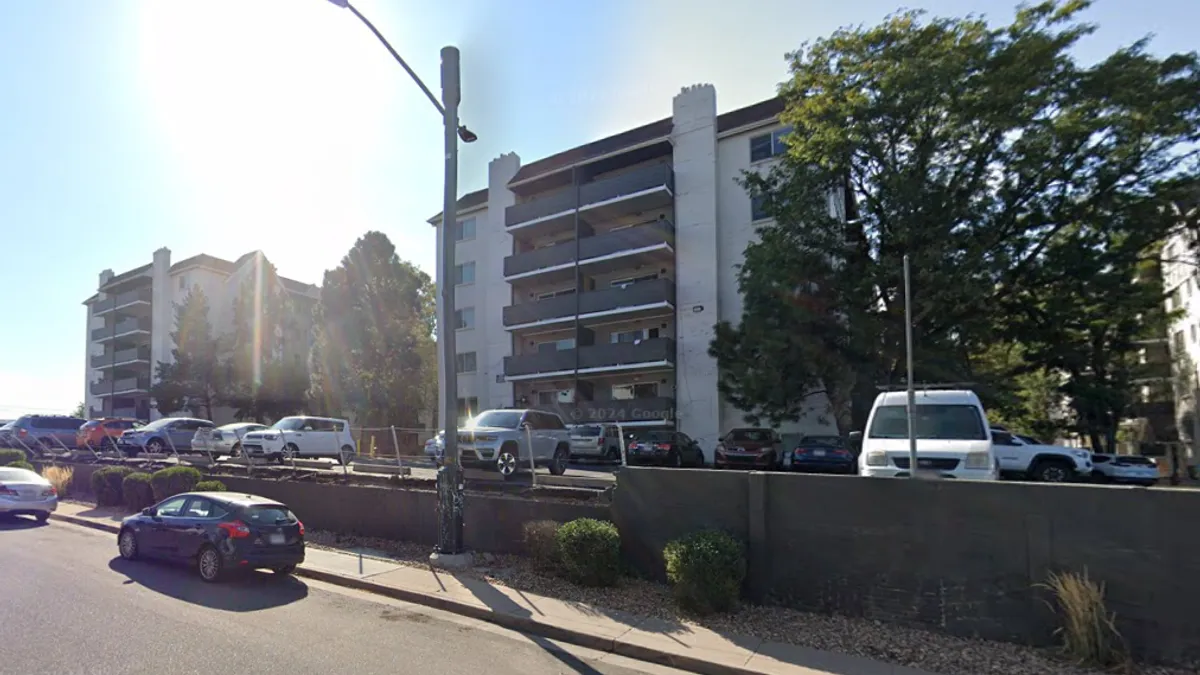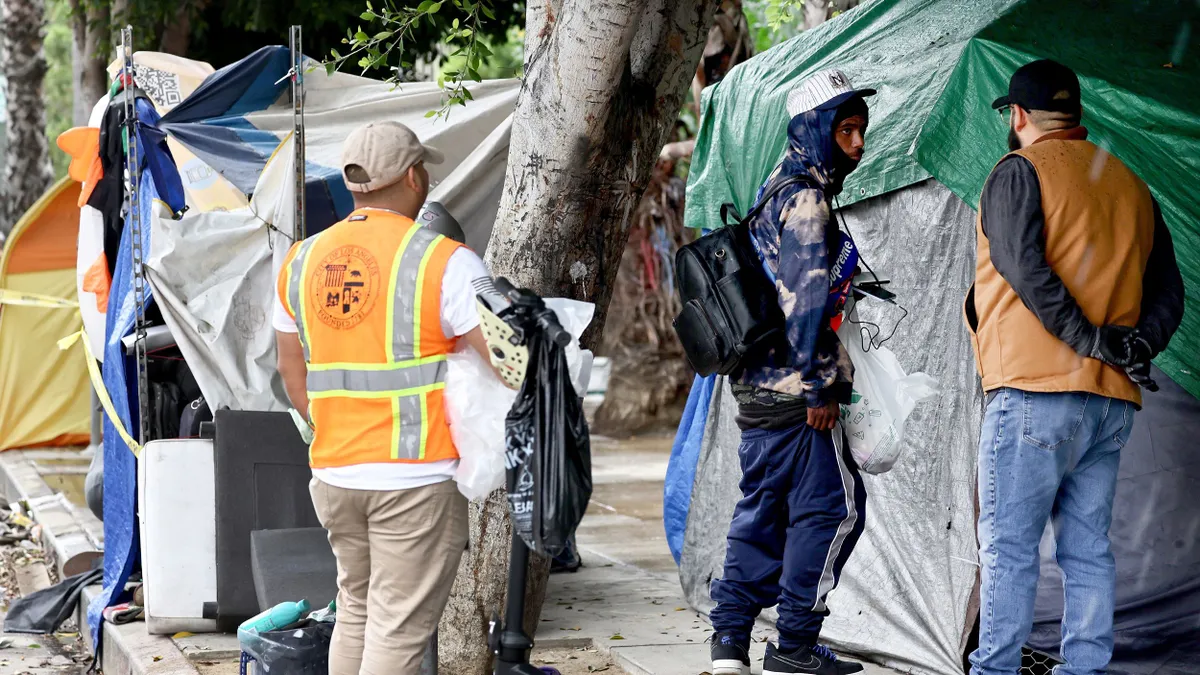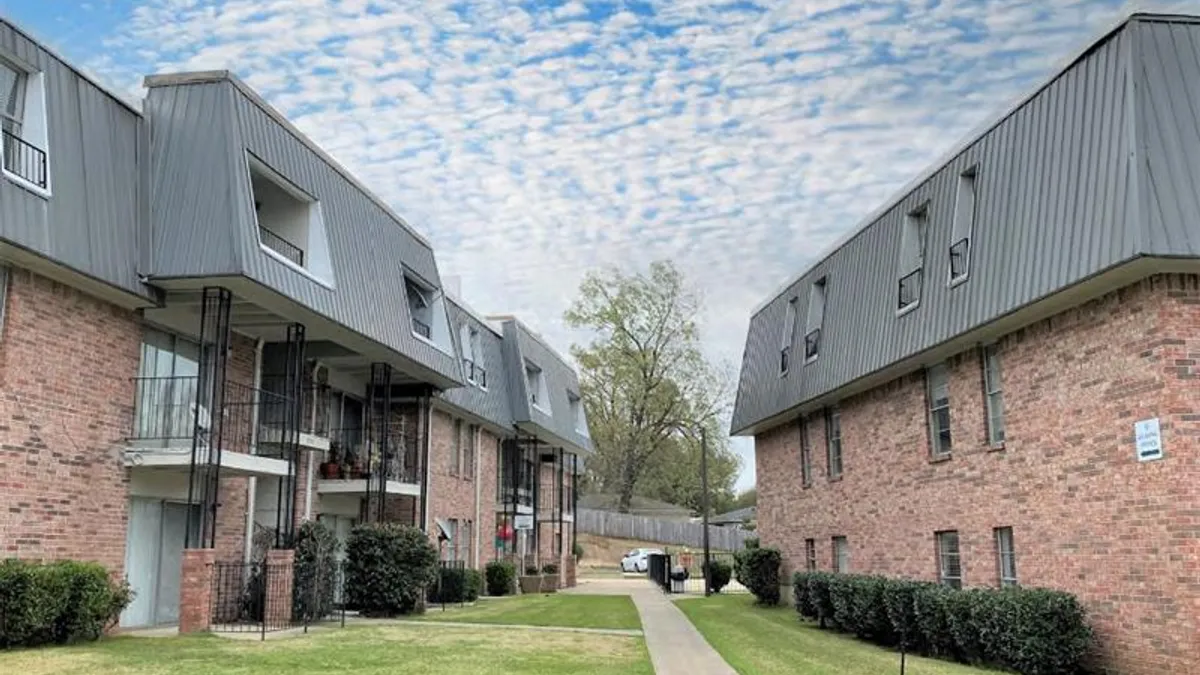A problem has emerged in Cincinnati over the last decade, says its mayor, Aftab Pureval: More people are coming in as the amount of housing in many neighborhoods drops.
“You now have a situation where at all income levels and at all price points, you have a shortage of housing,” he said. “As a result, property taxes have gone through the roof, and so have rents.”
In June, the city council passed a major overhaul of Cincinnati’s zoning policy, with hopes of spurring more housing development. The “Connected Communities” policy changes include removing housing density restrictions in certain areas, including neighborhood business districts and around major transportation corridors. The overhaul also relaxes parking minimums for certain renovations and new construction.
The plan is not immune from criticism. It faced opponents frustrated by what they saw as a lack of community engagement and worried about the effects of multifamily housing on neighborhoods currently dominated by single-family structures, reported WVXU. Others are concerned that the plan doesn’t include enough incentives for affordable housing development.
But Mayor Pureval is optimistic that this marks a turning point for the city, even if it takes years to make a discernible impact. Smart Cities Dive spoke with the mayor about how the plan was created, 15-minute cities and what an effective national housing strategy could look like.
Editor’s note: This interview has been edited for clarity and brevity.
SMART CITIES DIVE: How did the Connected Communities plan come to be?
AFTAB PUREVAL: Every mayor will tell you that public safety is their number one priority. Increasingly, mayors from coast to coast and mayors of big cities to small cities are saying housing access is number two. Unfortunately, for the last several decades, because we have not had a strong national strategy around the creation of housing, so many cities like Cincinnati are now facing a housing crisis.
The city of Cincinnati and so many other cities in the 1970s reformed their housing and zoning policies in an attempt to prevent “White flight.” They changed their zoning from historical zoning, which prioritized density, walkability, public transit and different housing products like duplexes, triplexes, etc. A lot of cities, including Cincinnati, prioritized large, single-family homes with sizable lots in order to try and create suburbs within cities to prevent people from leaving.
Over the next 50 years, the result was the suburbanization of our communities. The other, more negative result was concentrations of poverty and a very segregated city because the zoning code prior to what we just changed it to said that in a majority of Cincinnati neighborhoods, it was zoned exclusively for single-family. To put it another way, in the majority of Cincinnati neighborhoods, until very recently, we were telling folks that you cannot live in this neighborhood unless you can afford the most expensive type of housing possible.
What we have now is truly a generational change in how people think about cities. More folks who are the talent that our big employers need to recruit and retain are looking for cities that are walkable, that have good public transit, that have more dense housing opportunities, that have different housing products in order to, in some instances, allow for someone to be able to afford a housing product that is not just a single-family home. More vibrancy, more people living and working near each other, supports small businesses as well.
For all of those reasons, changing our zoning code to go back to our historical zoning code and get back to urban, dense forces for economic growth is the strategy that we're adopting and that so many other cities are adopting as well.
What was the logic behind selecting the policies that went into this zoning overhaul?
Housing policy and zoning policy is not a one-size-fits-all. For example, in a city that has a greater build-out of public transit, their zoning and their transit-oriented development strategies look much different than a Midwestern city like Cincinnati, which is — and this is changing — still currently very car-centric.
It was a three-part effort to land on the zoning code reforms and interventions that we wanted to prioritize with Connected Communities. Before we even put pen to paper to outline our policy ideas, even before we put pen to paper on legislation, we did over two years of intensive community engagement all across the city, both in person, online, with surveys, tabling at large events.
We were asking not necessarily zoning code questions, because, as you can imagine, that gets very bureaucratic and confusing, but more so what people wanted their neighborhood to look like. Did they want only single-family [housing]? Did they want more diversity in housing products? How important was their neighborhood business district? How important was access to public transit? How important was parking, was bike lanes?
We then compared public opinion and community engagement with what subject matter experts were saying about zoning code reforms and how they were working in other cities. The final thing we did was we impaneled a group of local subject matter experts: folks in the development field, in the affordable housing development field, banks. We talked to architects and designers. We talked to local housing advocates and activists in order to get a sense of what strategies they thought would work here.
Based on all three of those data streams, we came together and said, OK, the community doesn't support something like what Minneapolis did, which is getting rid of all single-family [zoning] altogether. But they are open to relaxing single-family exclusionary zoning, specifically along public transit routes and in neighborhood business districts.
After we put pen to paper with both the policy and then the legislation, we did another round of community engagement to make changes where necessary and, ultimately, were able to get a majority of councilmembers to pass it.
Your administration is using the term “15-minute city” in relation to these policy changes. Was there a strategy behind using that term with the public?
I don't know that it was intentional, but it's an easy catch-all to describe what we're trying to achieve in the future. It's particularly relevant now that remote work has been a funding challenge for probably all cities but particularly for Ohio cities. In Ohio, a vast majority of the resources that come into our budget are from the earnings tax. If you are commuting to Procter & Gamble downtown from the suburbs and you're now working from home, all of that earnings tax revenue goes to the municipality where you're working and living, not to downtown Cincinnati.
So not only is it important for us to create 15-minute cities and neighborhoods from a city-planning perspective, but it's critically important for making sure we have resources in perpetuity moving forward to combat some of the downsides of remote work. In our ideal world, our urban core will go from primarily an economic and tourism center to an actual neighborhood where we have civic assets, where we prioritize housing. Because of remote work, that naturally is already taking place.
Our city is really affordable from a national context, but for current Cincinnatians, it's getting more and more expensive to live here. What we're seeing in the data is that while our population is growing, we're also, unfortunately, pushing people to some of our collar communities because they're more affordable. Unfortunately, this is disproportionately affecting our Black and Brown residents.
What are the hurdles that you see Cincinnati facing as it implements Connected Communities?
The main challenge is where interest rates are and how expensive construction costs and insurance are. It's just incredibly hard to get anything off the ground, but particularly housing. When you are trying to prioritize affordable housing, that just requires more of a public subsidy. Trying to devote as much resources to it that you can responsibly is a really big challenge, which is why we desperately need the federal government to come in and prioritize this from a national spending perspective.
We were very clear in the campaign to get Connected Communities passed that the actual impact won't happen for a decade, because zoning is just one tool in our toolbox to encourage more housing. We also have changed our tax incentives for residential abatements in order to prioritize more disinvested communities over communities that are already growing.
We've made changes to our Low-Income Housing Tax Credit process so that we can be more competitive for getting those LIHTC awards from the state and the federal government. We've created a dedicated stream of revenue to go into our affordable housing trust fund to provide gap financing for developers who want to build affordable housing. That trust fund started with very little money in it three years ago, and now, because of the private sector, because of the county and because of the city all pooling our dollars, we now have over $100 million in that fund.
Cities like ours are doing everything we can at the local level, but the federal partnership to both reduce interest rates, make more money available for developers to develop affordable housing, and prioritize incentives to be paired with local action is the way forward. That’s what a national strategy looks like.




















